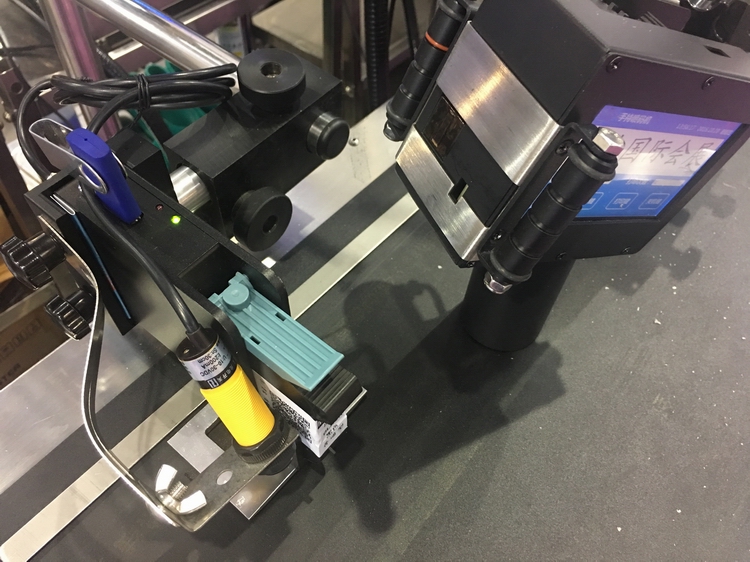Chen Yanhai, Director of the Department of Raw Materials of the Ministry of Industry and Information Technology, said that the Central Government and the State Party have repeatedly issued instructions to relevant departments to conduct research and take measures to stabilize fertilizer production and ensure the use of spring plows. The current fertilizer industry faces the following problems: First, after the tariff adjustment, the enthusiasm for fertilizer production is frustrated, and the utilization rate of urea, monoammonium phosphate, and ternary compound fertilizer at the peak of winter storage fertilizers will decline, which will inevitably affect the use of spring crops in some areas. Second, the dealers waited and watched seriously. At the end of the year, fertilizer prices were adjusted at a low level, and fertilizer companies were operating at a low profit or loss. Third, raw material costs are inversely related to sales prices. The increase in the prices of natural gas, coal, sulfur, and phosphate mineral resources has pushed up the cost of urea and ammonium phosphate, which has brought the price of ammonium phosphate and urea closer to the cost, and has turned upside down. Fourth, the transportation of raw materials and finished chemical fertilizers has been blocked, dealers have delayed their reserves, and the company’s inventory pressure has increased.
Representatives of Jiangsu Linggu Chemicals, Henan Xinlianxin, Jincheng Anthracite Mine, Sinochem Fertilizer, Anhui Six Countries, Liaocheng Luxi, Yunnan Yuntianhua, Shaanxi Shanhua and other enterprises believe that the new tariff policy has a great impact on production and the upstream raw materials Rising, delayed fertilizer preparation in the downstream, coupled with the shortage of electricity and tight transportation capacity, will result in a low operating rate of enterprises, which will inevitably affect the supply of spring fertilizers. It is recommended that the country solve the coal supply problem as soon as possible, reduce the cost of raw material production, use the increased fertilizer transportation during the Spring Festival, and allow appropriate exports after the end of spring cultivation to ease the pressure on the company's inventory so as to stabilize production and ensure the use of fertilizers throughout the year.
In the summary, Director Chen Yanhai emphasized that "stabilizing fertilizer production and ensuring the use of fertilizer for spring farming" is the most important and urgent task at present. The Ministry of Industry and Information Technology will work closely with the relevant departments of the State Council and industrial departments at all levels to strengthen the coordination and guidance of fertilizer production and help enterprises resume production as soon as possible. The main tasks of the work include: situation analysis, fertilizer development planning, setting up a coalification platform, helping to connect transport, and continuing to do a good job in counterfeiting of agricultural resources. It is hoped that all parties will work hard to ensure stable production of fertilizers and supply of spring crops.
From the Department of Economic Affairs and Development of the National Development and Reform Commission, the Planting Division of the Ministry of Agriculture and the Bureau of Agricultural Resources of China Supply and Marketing Co., Ltd., Heads of Economic and Credit Commissions of Yunnan, Guizhou, Henan, Shanxi and Shandong, China Nitrogen Fertilizer Industry Association, China Phosphatic Fertilizer Industry Association and Key Chemical Fertilizers The representatives of the production enterprises participated in the seminar. The meeting also discussed the "admission conditions for the synthetic ammonia industry" and the "admission conditions for ammonium phosphate production" (draft for soliciting opinions).
The status of fertilizer enterprises is worrying. From January to November of last year, China produced 62.54 million tons of chemical fertilizers, which was an increase of 4.7% year-on-year. Among them, 42.396 million tons of nitrogen fertilizer, a year-on-year decrease of 1.6%; phosphorus fertilizer 15.571 million tons, an increase of 23%; potassium fertilizer 3.8 million tons, an increase of 16%. In November last year, the price per ton of anthracite rose to 1,600 yuan. The ex-factory price of coal urea was almost close to the cost, and the average operating rate was only 73.3%. The increase in raw materials for phosphate fertilizers and high production costs led to a decrease in the operating rate of phosphate and compound fertilizers. In November, the operating rate of diammonium was 85%, monoammonium 65%, and NPK ternary compound fertilizer was less than 60%.
The HAE TIJ printer offers an idea solution to move from messy low resolution Drop On Demand (DOD), Roller Coders or expensive to operate and service continuous inkjet marking printer (CIJ) to a high quality, high resolution HAE Thermal Ink Jet Printer (TIJ) using the latest original HP ink cartridges for reliable print onto primary and secondary packaging. A compact, low cost solution for Lot Codes, Date and Time, Sell by and Best Before and Use-By Dates, Product Information, Batch and Production data, Traceability Codes, Specifications, Branding, Sequential numbers, Expiry dates, bar codes, logo and free text to meet your coding needs. Simple to use and PC software included with the HAE Inkjet marker makes complex messages easy to manage and to easily back up or move to other HAE TIJ coding printers for security of code.

Tij Inkjet Printer,TIJ Inkjet Coder,Thermal Inkjet Printer,Date Coding Machine,Inkjet Marking Machine,Inkjet Marking Printer,Thermal Inkjet Printer
Wuhan HAE Technology Co., Ltd. , https://www.whuvwallprinter.com